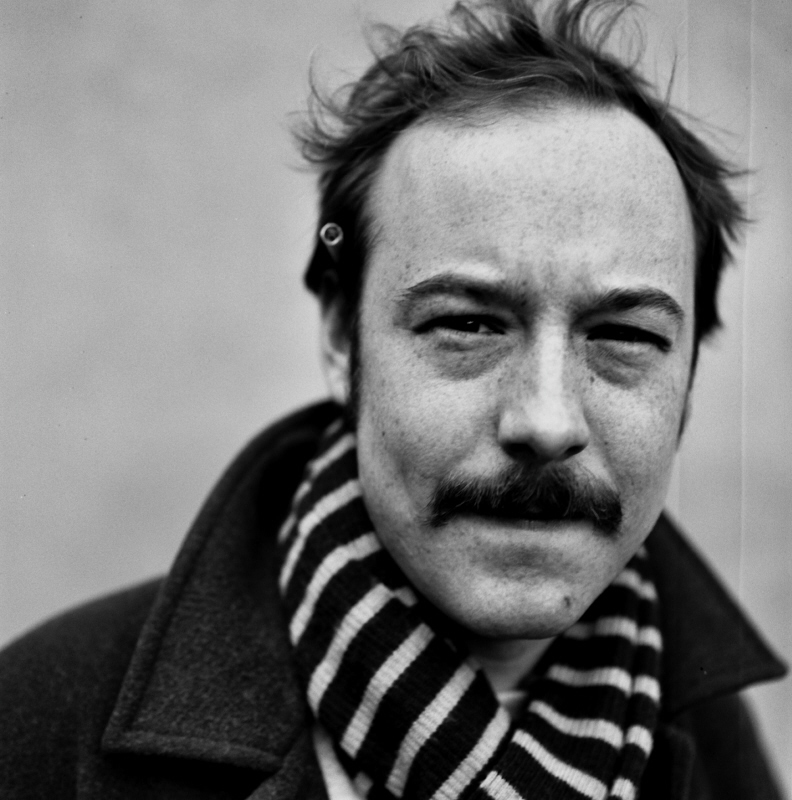 Dear Esquire,
Dear Esquire,I loved Tom Junod's recent ode to Waffle House, as part of your magazine's "Best Breakfasts in America" round-up. He hit the nail on the head with his "multiplicity within the homogeneity" observation. I grew up in Little Rock, Arkansas, which had its share of Waffle Houses. There was one on Bowman Curve, which me and my high school friends frequented, and one on Shackleford Road, where my college buddies, who went to different high schools and who I hadn't really known then, went.
But we all came from the same town, so when we would come home from school (in Northwest Arkansas) for Christmas or Thanksgiving, we would invariably get sick of our families and all go out drinking. More often than not, these nights ended at Waffle House.
You might see what's coming: We'd be at the bar, finishing up, or on the way home, humming down I-630, and we would get into a pointless yet fierce argument about which Waffle House to patronize.
Junod is right: All Waffle Houses are exactly alike. But the two of us who went to Catholic High and the Bowman Curve Waffle House would argue with the two who went to Central High and Pulaski Academy and the Shackleford Road Waffle House about which to go to. I don't even know why; the Bowman Curve one was just "our" Waffle House, and so we naturally loved it and hated theirs—it's similar, I think, to the pride and loyality assigned to local sports teams.
Somewhere along the way during college, though, my friend and I from Catholic began to relent and go to the Shackleford Road Waffle House. The reason was that, in the interim between my leaving high school for college, a quasi-bohemian clique had taken over the Bowman Curve Waffle House, where I used to go after Marine Corps JROTC events with fellow cadets.
Once, home from college, I walked alone into my Waffle House and felt utterly alienated. The place was packed with proto-hipsters. Facial hair, fedoras and porkpie hats, clove cigarettes (this was around 1999/2000, mind), and all manner of pretention had invaded it. One kid was even sitting at the counter playing a goddamned violin. I walked out and rarely returned. Now you can't even smoke in there anymore. The boho clique has cleared off. The fickle wheel of Waffle House history has turned yet again.
In our college town, there was one Waffle House we could agree on. That's because there was one Waffle House. It was out on Sixth Street, near the highway and the tiny liquor store where my roommate, with his fake ID, used to buy us beer, which we would sneak into our dorm in an empty box for a computer printer. The Waffle House was situated in a near-desolate lot that looked like it used to house a Wal-Mart. It was tiny, as Waffle Houses go, and near the road. We used to go in there, sober, and get the All-You-Can-Eat special. Like the baseball rule that you have to touch all bases when running around them, we said that you had to eat a hash browns with each plate, or else it didn't "count."
Count toward what, I don't know.
Once a few of us went and ate there, freshman year, All-You-Can-Eat. I think I did "four laps," which in the parlance meant four entrees plus four plates of hashbrowns. My friend Joe always used to say that, if you were working on an All-You-Can-Eat effort, you wanted to finish with the waffle, because the waffle was like "an expand-cake," and, if eaten first, would swell uncomfortably in one's stomach, limiting the amount one could consume.
You also were kind of required to end with a waffle; it was like sticking the landing.
After this gluttonous effort—which we really did just because we were bored, and had that delicious expanse of free time particular to college life, and which really never comes again—I went out into the parking lot with my friends and leaned, doubled over, groaning against my sky-blue VW bug. I thought I had damaged myself. They asked if I needed to be driven the 0.5 miles home. (I declined.) Keep in mind we were stone-cold sober.
I got back to my dorm, curled in a fetal position on my bed, and waited for the end. At some point I went into the bathroom and tried to make myself vomit, fearing what would happen if I succeeded. (This remains the lone time I have ever tried to make myself vomit in which alcohol was not involved.)
But so that ended, and I got better. Another time, a spring afternoon during my sophmore year, Joe and I went to Waffle House by ourselves. It was a contemplative visit. School would be over soon, and I would move to Austin for the summer, and thence Oxford, in England, for the following year. Our little band would be breaking up, in some ways permanently. All leavings are like that.
Joe and I got the All-You-Can-Eat, but our hearts weren't really into it. I think we had two laps apiece. It was too nice a day, with that spring smell of fresh in the air, to gorge oneself. We talked laconically, easily, in the way of friends who don't have to say much to have a good time with one another. The door to the Waffle House was open out onto the spring day and Sixth Street. I was looking out of the door when I saw a chicken walk calmly and with no great hurry across the parking lot and across the road, entirely untroubled by traffic.
Sincerely,
Hunter Reaves Slaton

